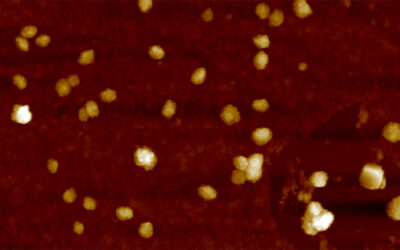Imaging tests are an important part in the diagnosis process of cancer. HyperSpectral Imaging (HSI) is one of these powerful analytical imaging tools based on the detection of both spatial and spectral information within a single data set, referred to as a HSI cube. Originally conceived for remote sensing, HSI has impacted fields as diverse as food inspection and forensics. The power of HSI lies in the ability to determine the chemical composition of a sample based on characteristic spectral signatures. To date, translating the power of fHSI into applications in humans, such as endoscopic and intra-operative imaging, has been challenging due to the need for complex, bulky and expensive instrumentation with limited frame rate. But this doesn’t change the fact that this kind of imaging is highly desirable in the clinic.
British researchers evaluated the performance of an SRDA-based (spectrally resolved detector array) HSI camera for fluorescence imaging, with a view to future clinical application. SRDA’s are promising for future clinical application of fHSI. SRDA’s are extremely compact and robust and therefore well suited for use in an endoscopy suite or operating theater. Plus, they also have the potential to be produced at very low cost. Encouragingly, early applications of snapshot SRDA have shown promise in neurosurgery and ophthalmology.
In this new study the team designed, characterized and applied a novel SRDA-based HSI camera in a wide-field reflectance-based fluorescence imaging system. They demonstrated that their fHSI system shows promise for multiplexed fluorescence imaging in solutions in vitro and in vivo in mice. The data they found are highly encouraging and, exploiting SRDAs, fHSI using targeted molecular imaging fluorescent contrast agents could find application in endoscopic cancer diagnosis and intra-operative tumour resections, improving disease classification and margin identification respectively.

Characterization of the hyperspectral imaging (HSI) camera.

















